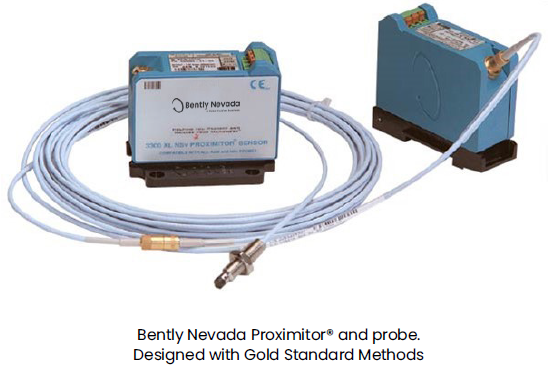Bently Nevada Piezo-Velocity Sensor Installation: 10 Mistakes to Avoid for Reliable Industrial Automation
Understanding Piezo-Velocity Sensors in Industrial Automation
Bently Nevada sensors are vital for industrial automation. They monitor machinery health effectively. Piezo-velocity sensors measure vibration and provide necessary data. Accurate installation ensures reliable data collection. However, many common mistakes compromise sensor performance. Avoiding these errors optimizes your control systems. We will explore ten critical installation pitfalls.
Mistake 1: Improper Mounting Surface Preparation
A clean mounting surface is paramount. Operators must remove all paint, grease, and rust. An unprepared surface introduces signal noise. This contamination compromises the sensor’s coupling. Moreover, a rough surface prevents flush contact. Therefore, always prepare a smooth, clean metal area.
Mistake 2: Using the Wrong Mounting Stud or Adapter
Selecting the correct mounting hardware is crucial. Different applications require specific studs or adapters. Incorrect hardware affects the sensor’s frequency response. It can also cause mechanical resonance issues. Always consult the Bently Nevada documentation for proper part numbers. Using the right adapter maintains signal integrity.
Mistake 3: Insufficient Torque on Mounting Stud
Tightening the mounting stud requires precision. Too little torque leads to a loose connection. A loose sensor introduces air gaps and rattles. Conversely, excessive torque can damage the sensor. Technicians must use a calibrated torque wrench. This step ensures optimal stiffness and contact.
Mistake 4: Incorrect Cable Routing and Strain Relief
Cable routing demands careful attention. Do not bend the cable sharply or near heat sources. Excessive strain on the cable connection causes failure. Use proper strain relief techniques and conduits. Additionally, secure the cable away from moving parts. Correct routing protects the signal path integrity.
Mistake 5: Ignoring Ground Loop Potential
Ground loops are a common source of electrical noise. They occur when multiple ground points exist. This noise severely distorts the vibration signal. Engineers must follow single-point grounding principles. Proper grounding ensures clear data transmission to the PLC or DCS.
Mistake 6: Placing Sensors Near High Electromagnetic Fields
High electromagnetic interference (EMI) degrades signal quality. Power cables and large motors generate strong EMI. Technicians should position sensors away from these sources. Shielded cables also help minimize EMI impact. This avoids corrupting the sensitive piezo-electric signal.
Mistake 7: Choosing the Wrong Location on the Machine
Sensor placement directly impacts data quality. An unsuitable location may not capture critical vibrations. For instance, mounting too far from the bearing is ineffective. Always follow established vibration analysis standards. Correct placement ensures relevant machine health monitoring.

Mistake 8: Failure to Check Sensor Polarity and Wiring
Incorrect wiring connections lead to system errors. Reversing the polarity can damage the sensor or input card. Technicians must double-check all wiring against the schematic. Miswired sensors provide useless or misleading data. This step is critical for reliable factory automation.
Mistake 9: Overlooking Temperature and Environmental Limits
Piezo-velocity sensors have operating temperature ranges. Installing a sensor outside its limits causes premature failure. Extreme heat or cold affects internal components. Also, protect the sensor from direct exposure to corrosive liquids. Consider the environment before final installation.

Mistake 10: Skipping Final Verification and Calibration
Installation is not complete without verification. Technicians must confirm the signal output in the control systems. Check the sensor’s frequency response and sensitivity. A final calibration ensures accurate readings. This critical step validates the entire installation process.
Author’s Insight and Conclusion
These ten mistakes represent significant roadblocks to reliable machine monitoring. Following best practices ensures the longevity and accuracy of Bently Nevada sensors. In today’s competitive landscape, precision in industrial automation is non-negotiable. Moreover, proactive maintenance based on accurate data saves money and prevents catastrophic failures. Companies implementing stringent installation protocols achieve superior asset management.

Application Case Study: Powergear X Automation Limited Solution
For advanced machine condition monitoring solutions and expert integration services, consider professional partners. Powergear X Automation Limited specializes in robust monitoring systems for critical assets. Their team provides tailored solutions utilizing Bently Nevada technology for seamless integration with your existing PLC and DCS platforms.
















